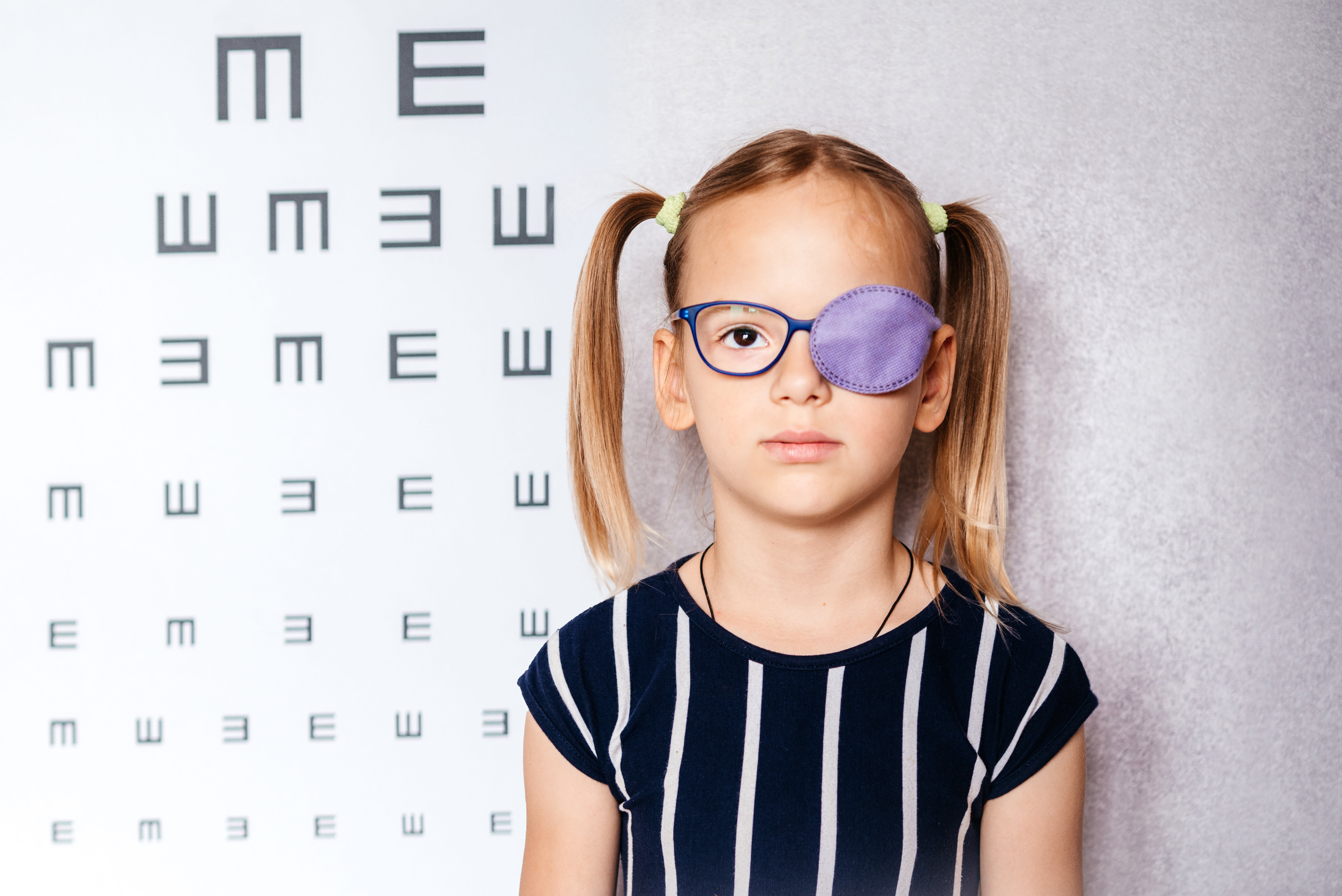The rapid-fire session titled “Amblyopia or Not?” explored the complexities of diagnosing reduced vision in children when amblyopia may not be the culprit. The lecture was given at the 2025 meeting of the American Academy of Optoemtry by presenters Morgan Ollinger, OD, MS, FAAO, Southern College of Optometry; Marie I. Bodack,OD, FAAO, DipAAO, Southern College of Optometry; Lor Sildiryan, OD, MS, FAAO, LeBonheur Children’s Hospital; and Jessica Haynes, OD, FAAO, Charles Retina Institute.
The Fundamentals
Dr. Ollinger outlined the fundamentals of amblyopia vision loss not explained by ocular pathology, but rather from disrupted visual development during childhood. She emphasized that proper diagnosis requires ruling out ocular disease, identifying amblyogenic risk factors, and recognizing that amblyopia should not worsen over time.

Disguised Anterior Segment Conditions
Dr. Bodack highlighted anterior-segment conditions that can masquerade as amblyopia, including pediatric ocular rosacea, phlyctenular keratoconjunctivitis, and herpes simplex keratitis. She stressed the importance of a careful history and slit-lamp evaluation, noting that misdiagnosis can delay appropriate treatment.
Optic Nerve Anomalies
Dr. Sildiryan focused on optic nerve anomalies—such as optic nerve hypoplasia, optic nerve coloboma, and juvenile glaucoma—that can mimic amblyopia. She reminded attendees that congenital and inherited optic nerve disorders vary widely in visual impact, requiring thorough evaluation and, sometimes, a systemic workup.
Retinal Masqueraders
Dr. Haynes addressed retinal masqueraders, from retinoblastoma and Coats disease, to inherited dystrophies like Stargardt disease. Although pediatric retinal disease is rare, she cautioned that missing these diagnoses could mean not only vision loss but life-threatening consequences.
“Our take-home message for the course is that amblyopia is a diagnosis of exclusion and that doctors need to rule out pathology first,” Dr. Bodack told Optometric Management. “Doctors should be aware of the amblyogenic factors when examining patients, including a dilated exam to rule out pathology. But even doing that, there are other things that can coexist with amblyogenic factors or be mistaken for amblyogenic factors.” She added that dilation is important in all the cases discussed, but that supplemental tests might be indicated. OM



